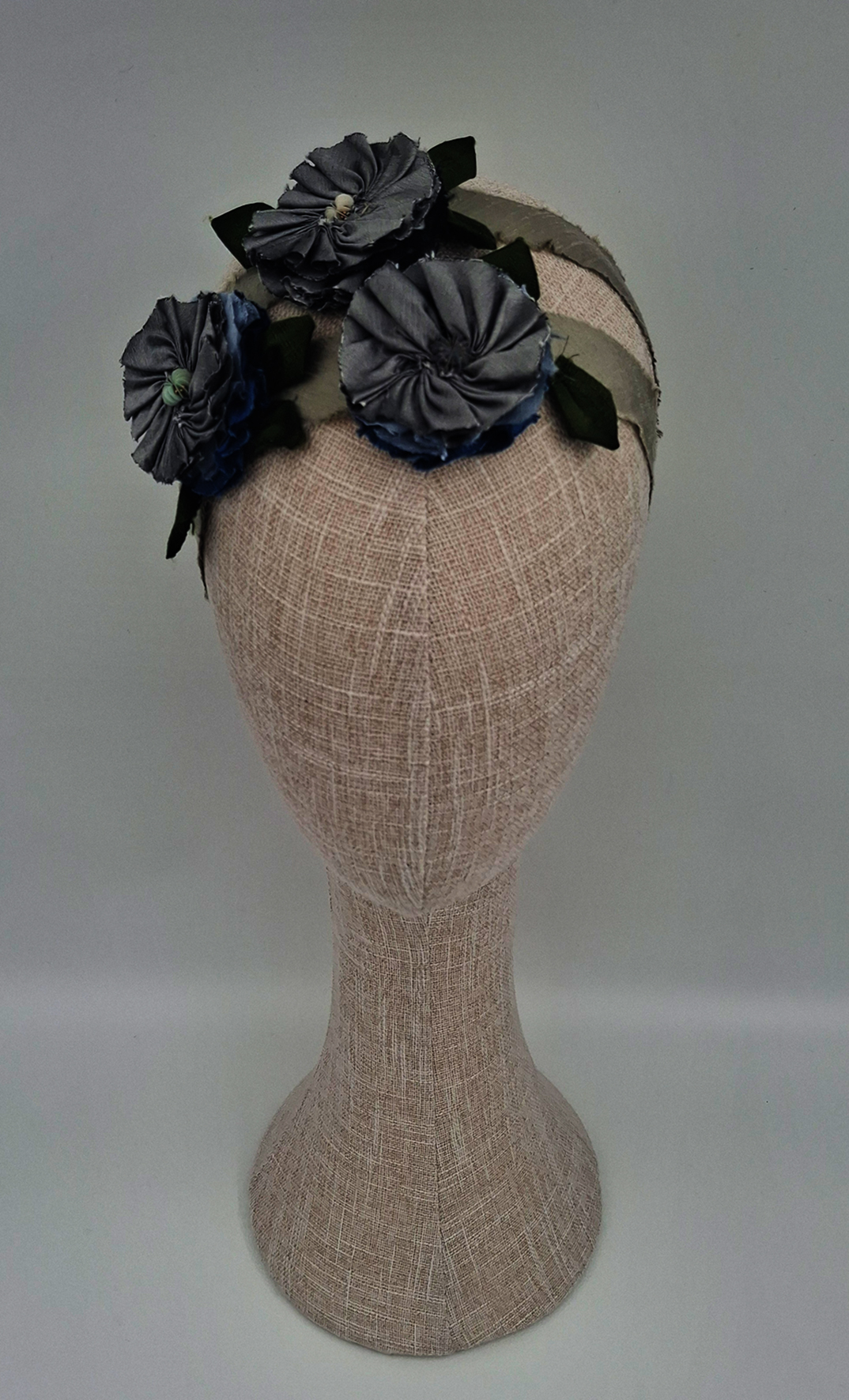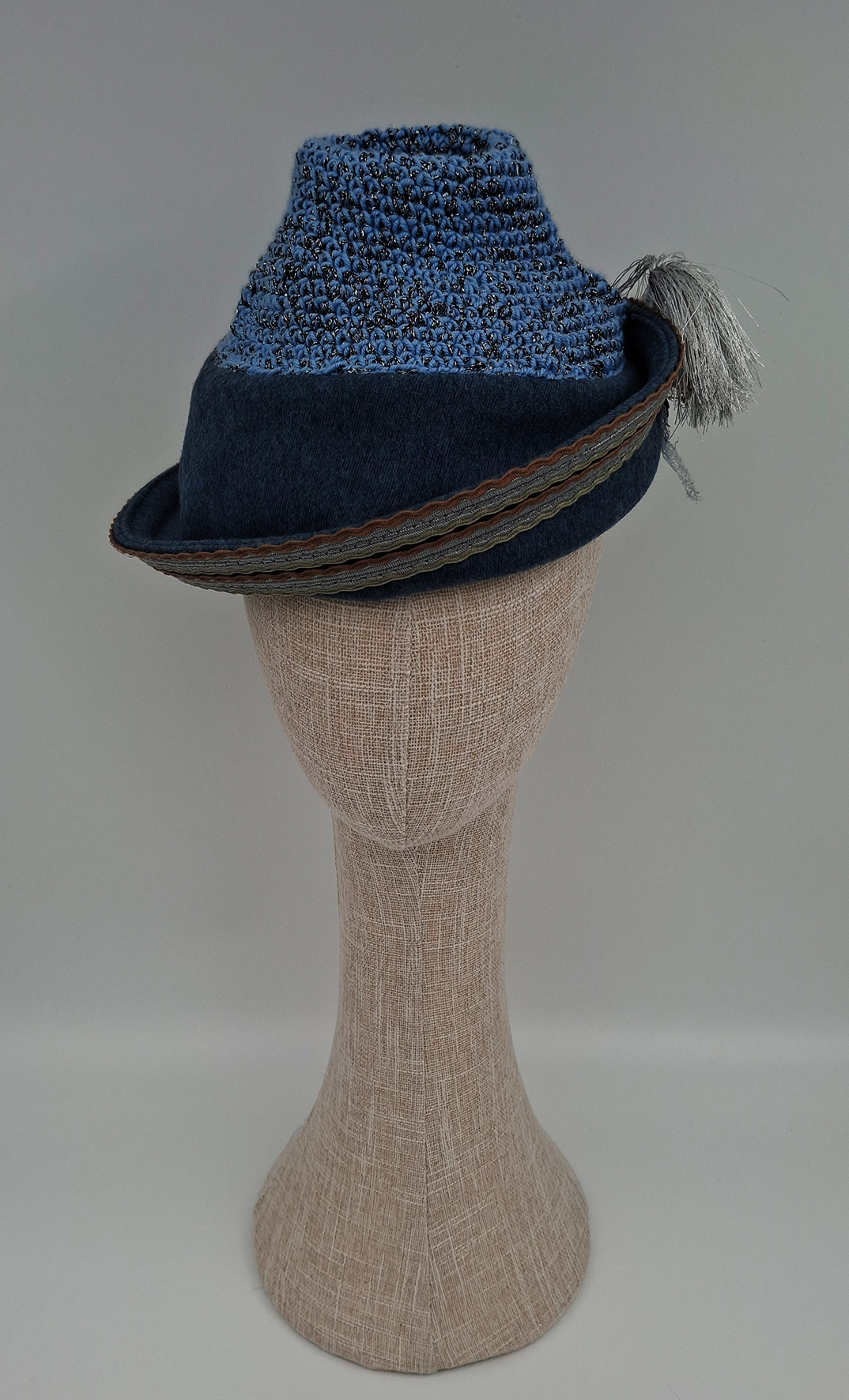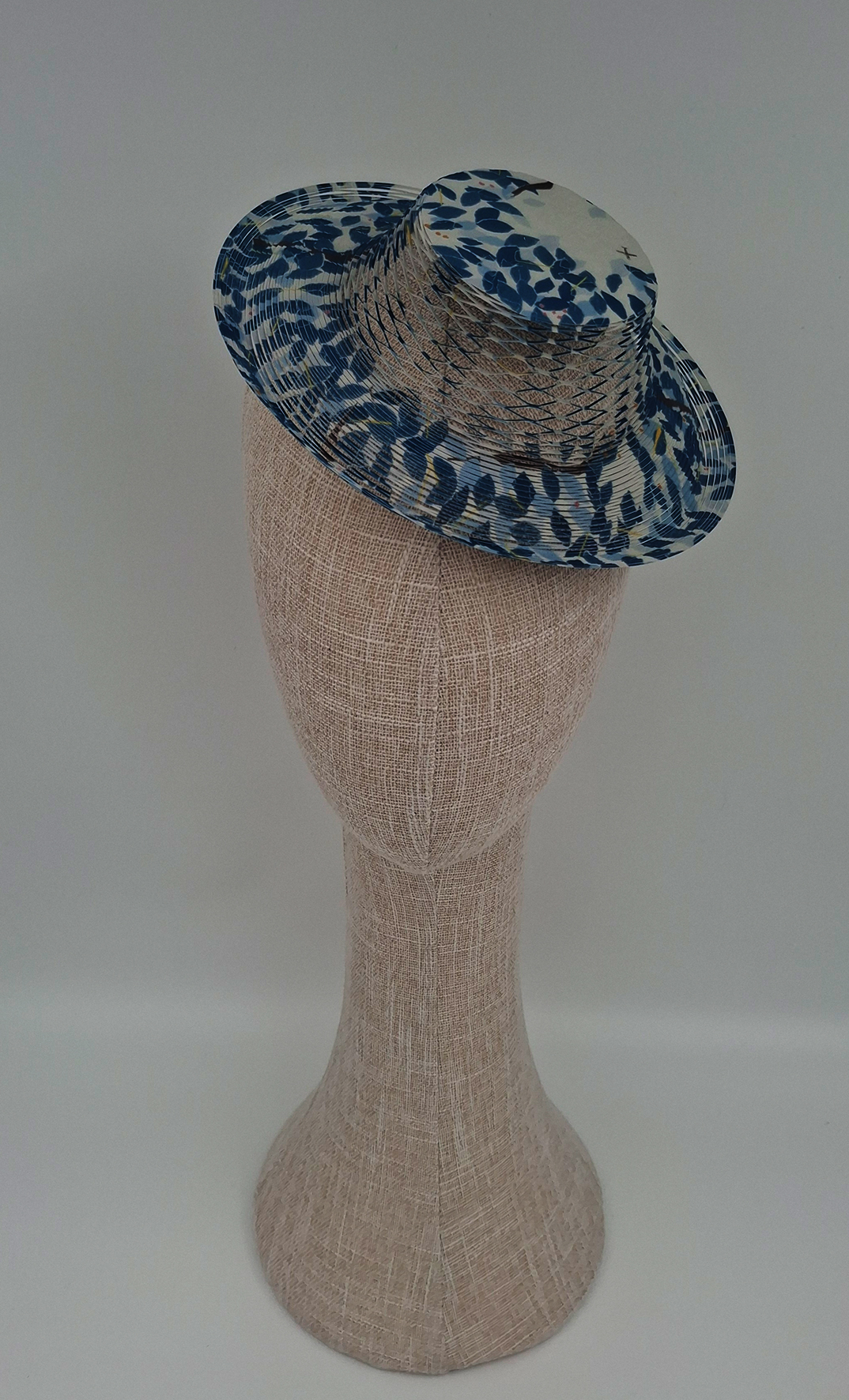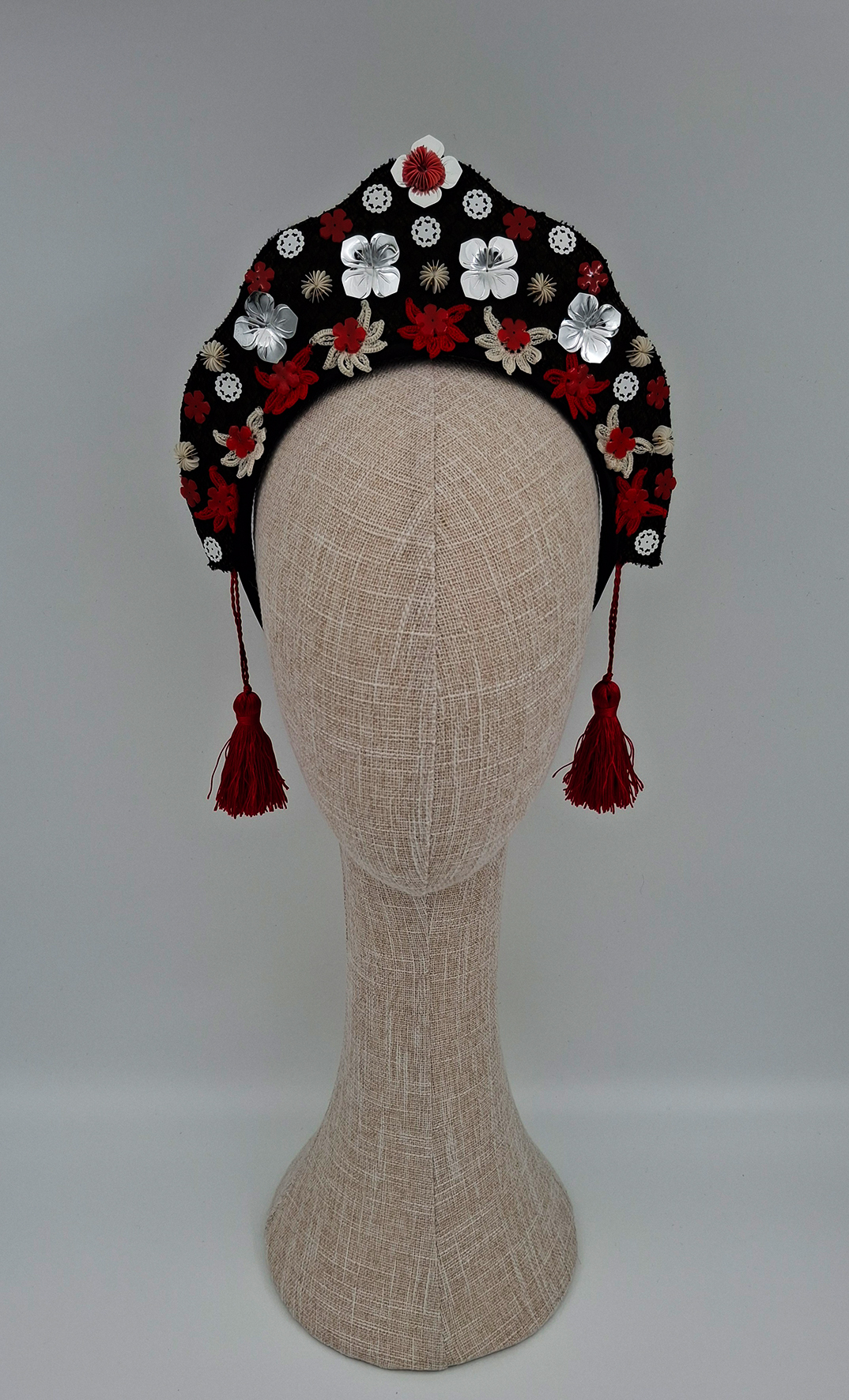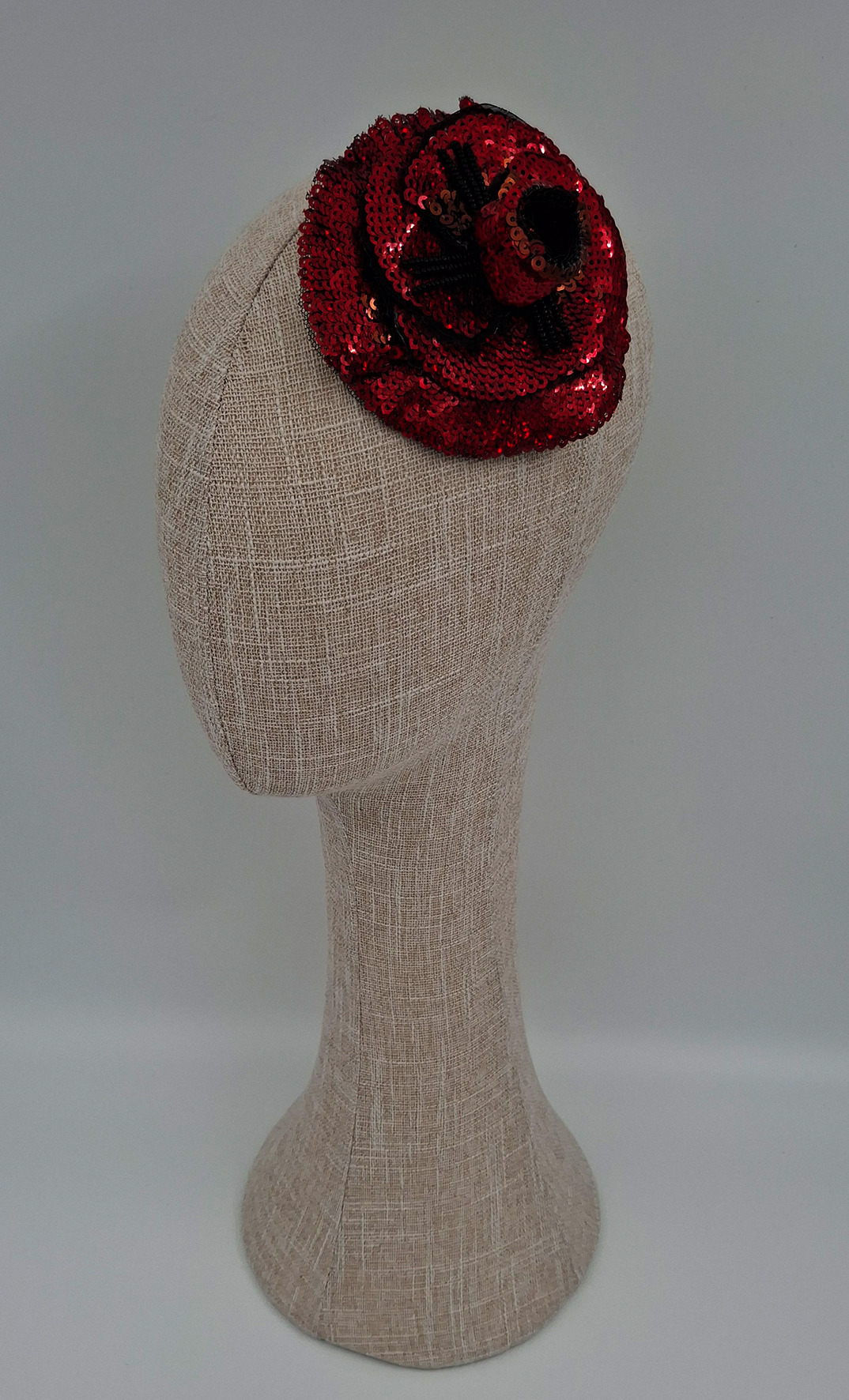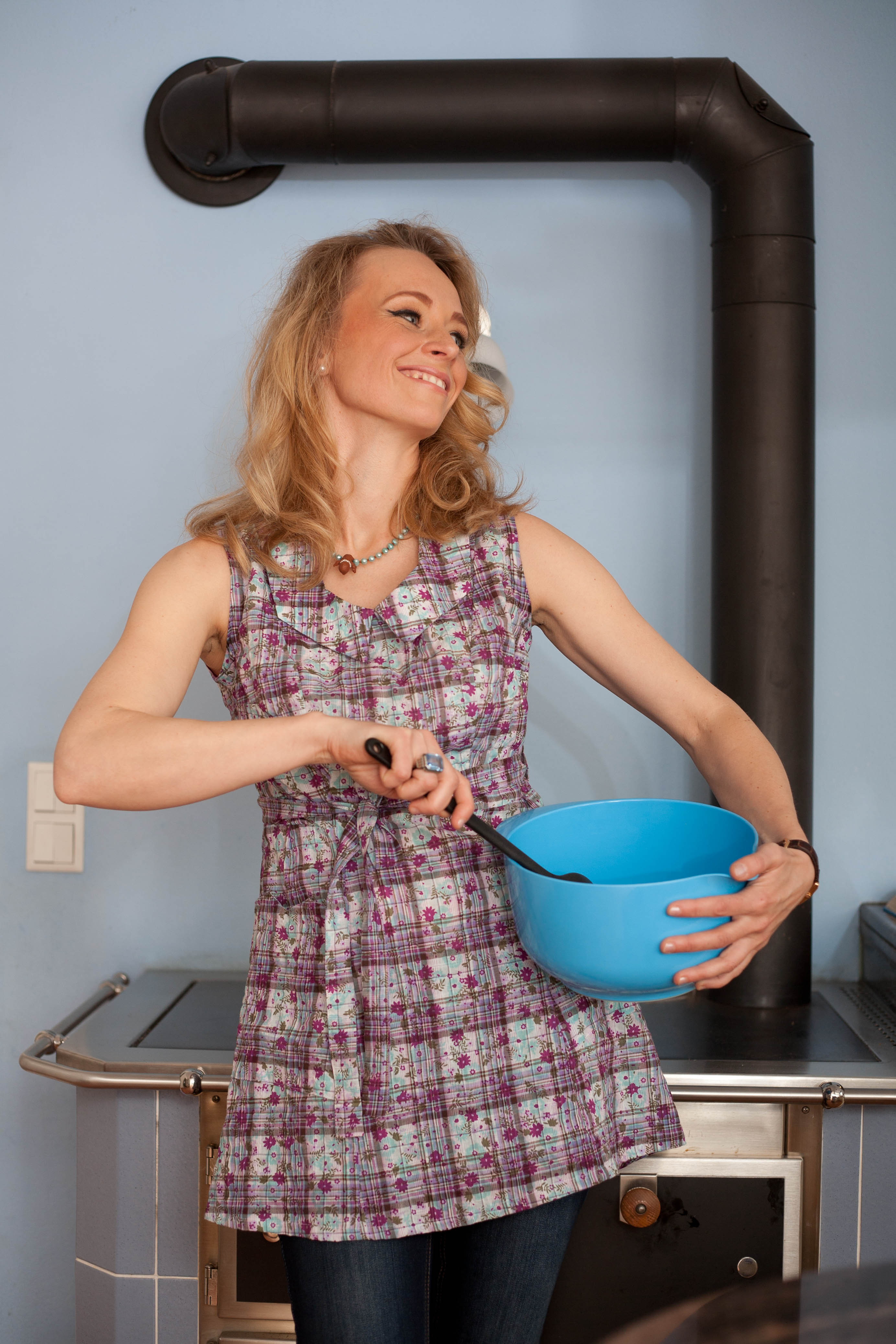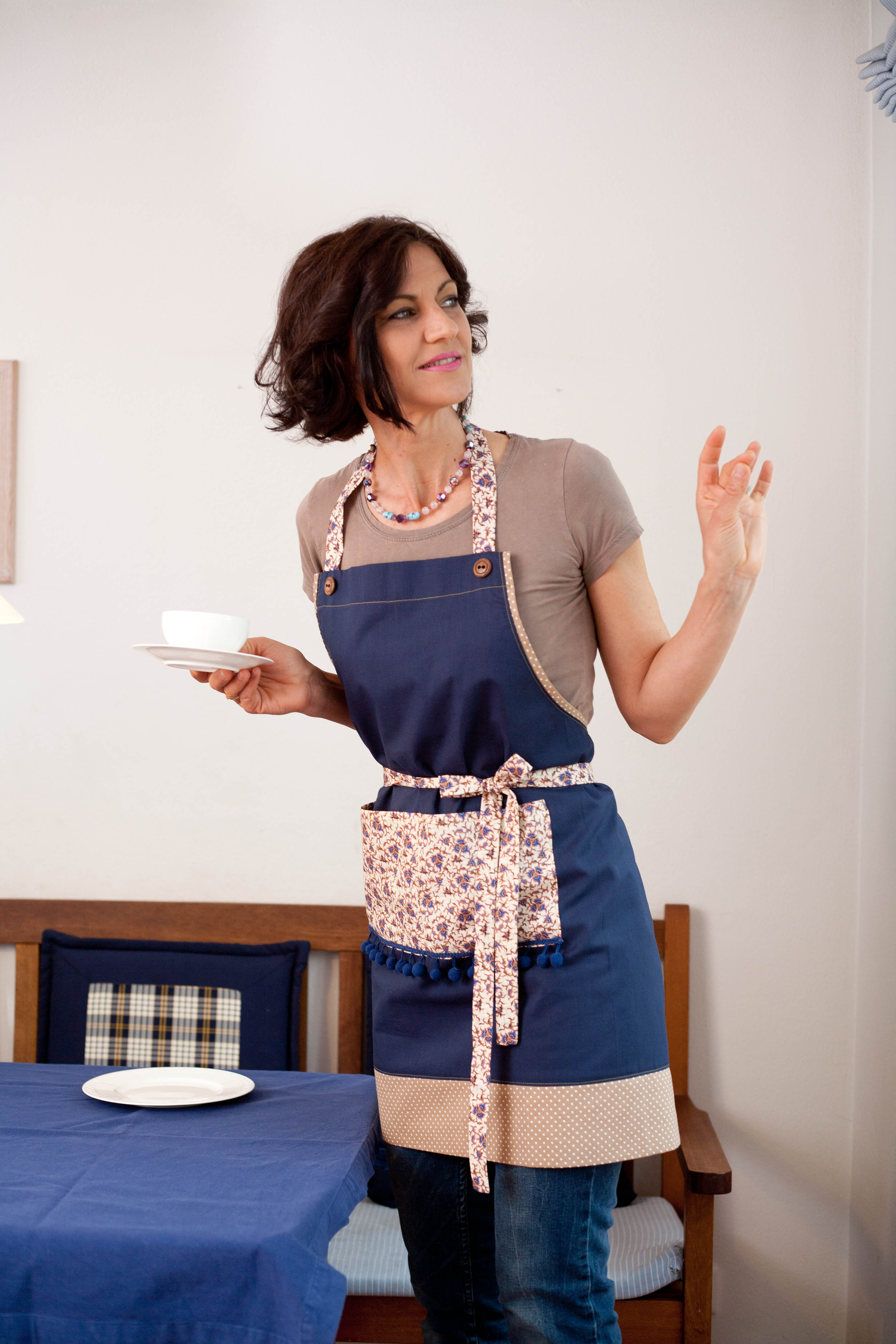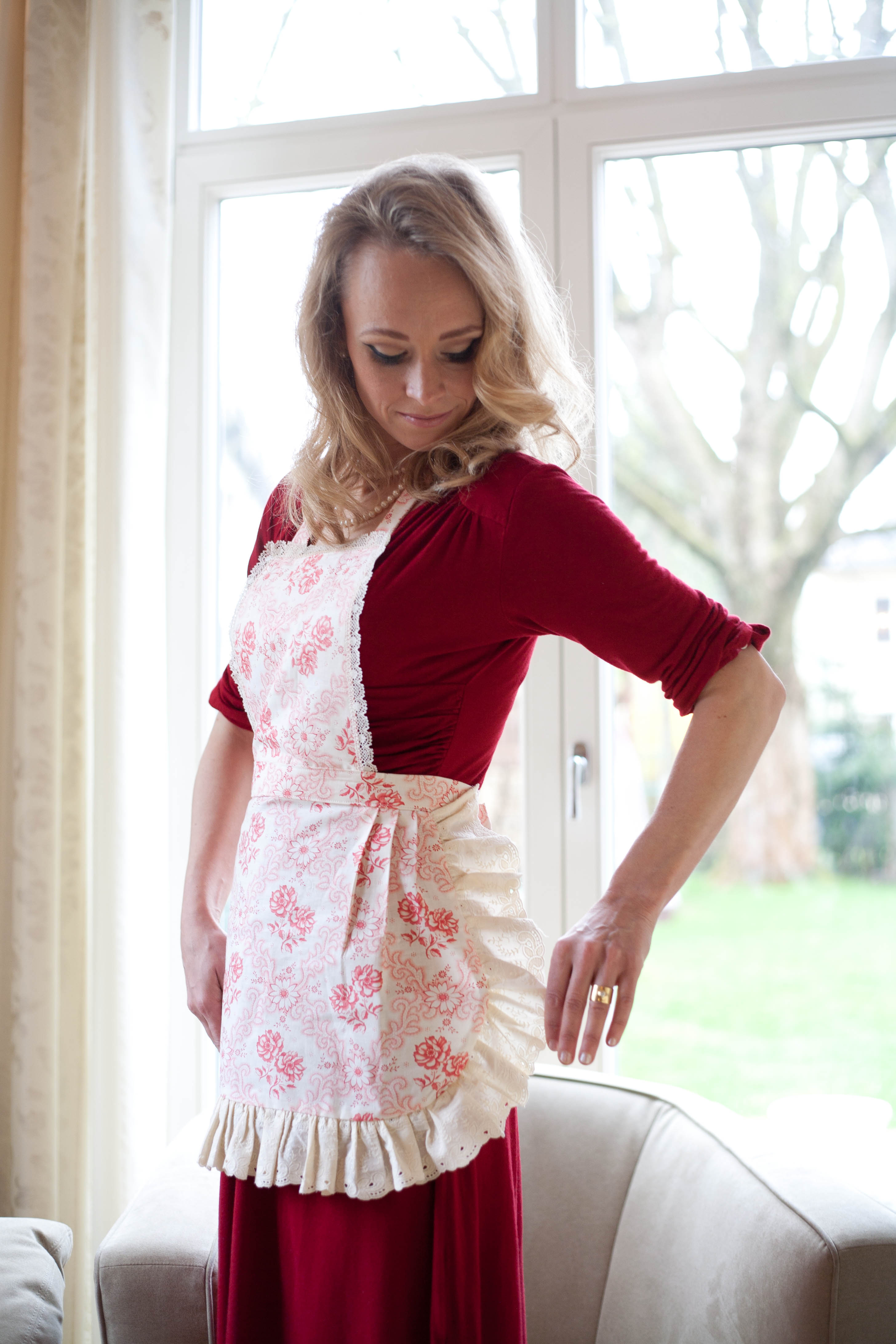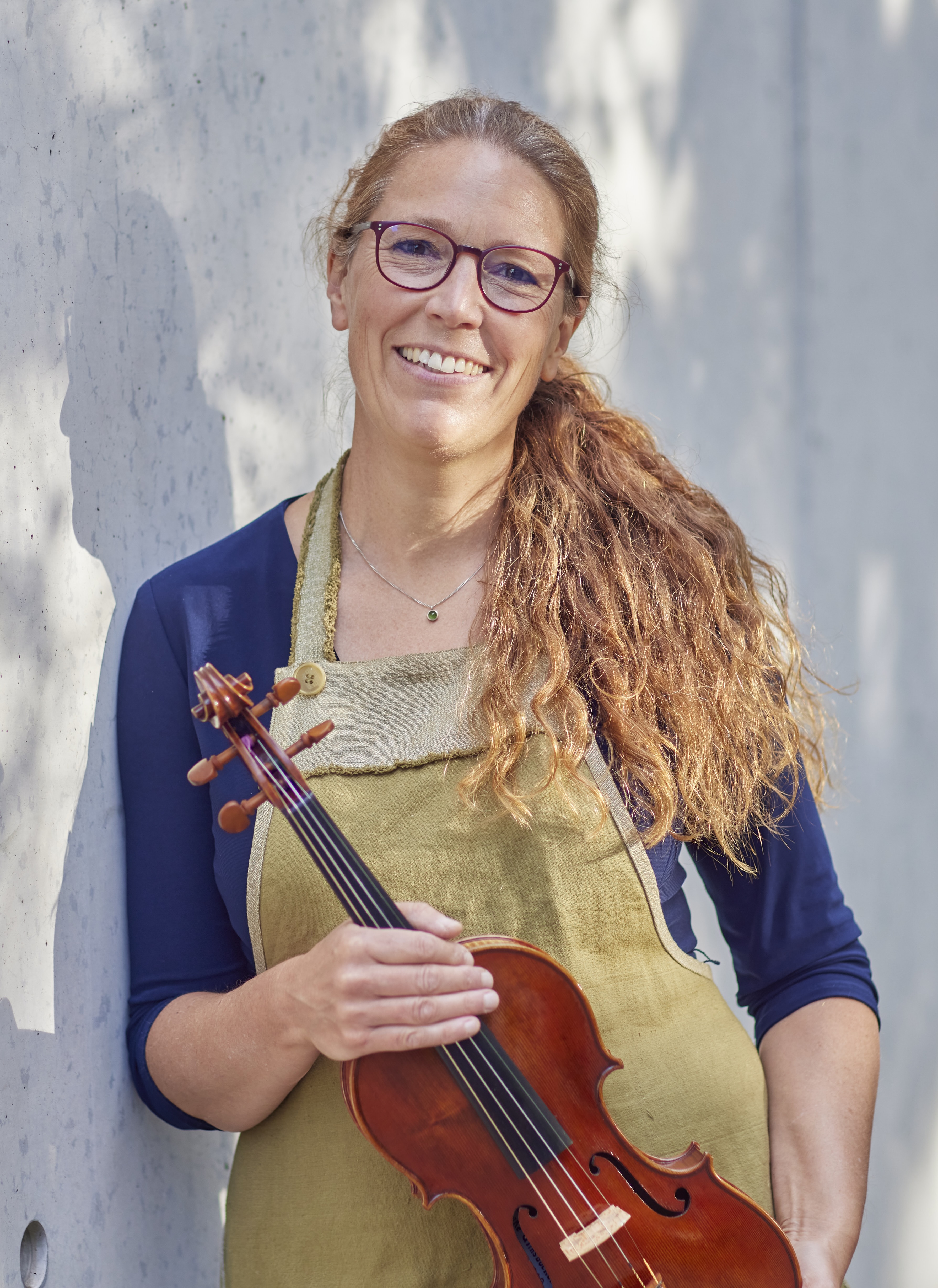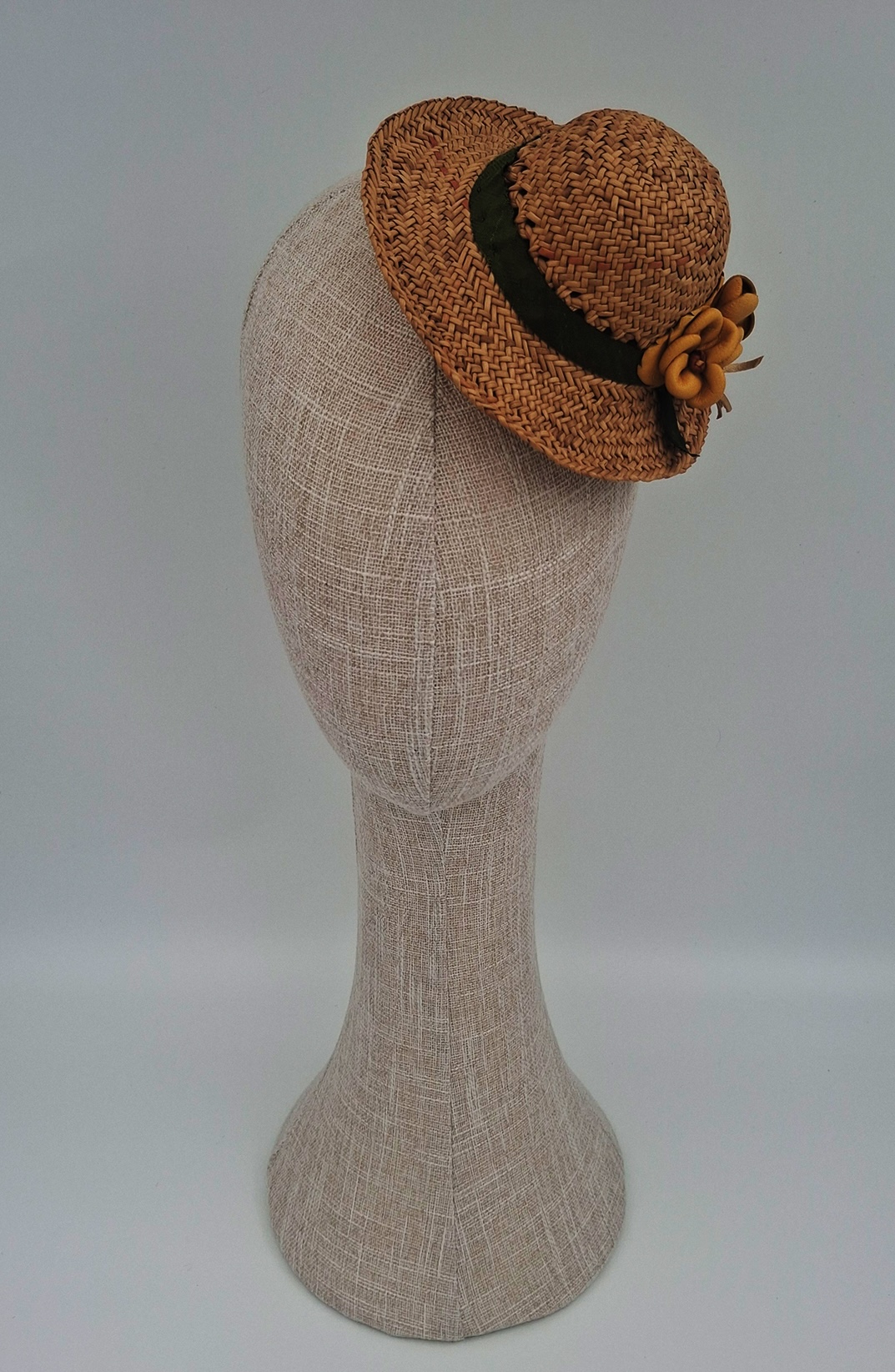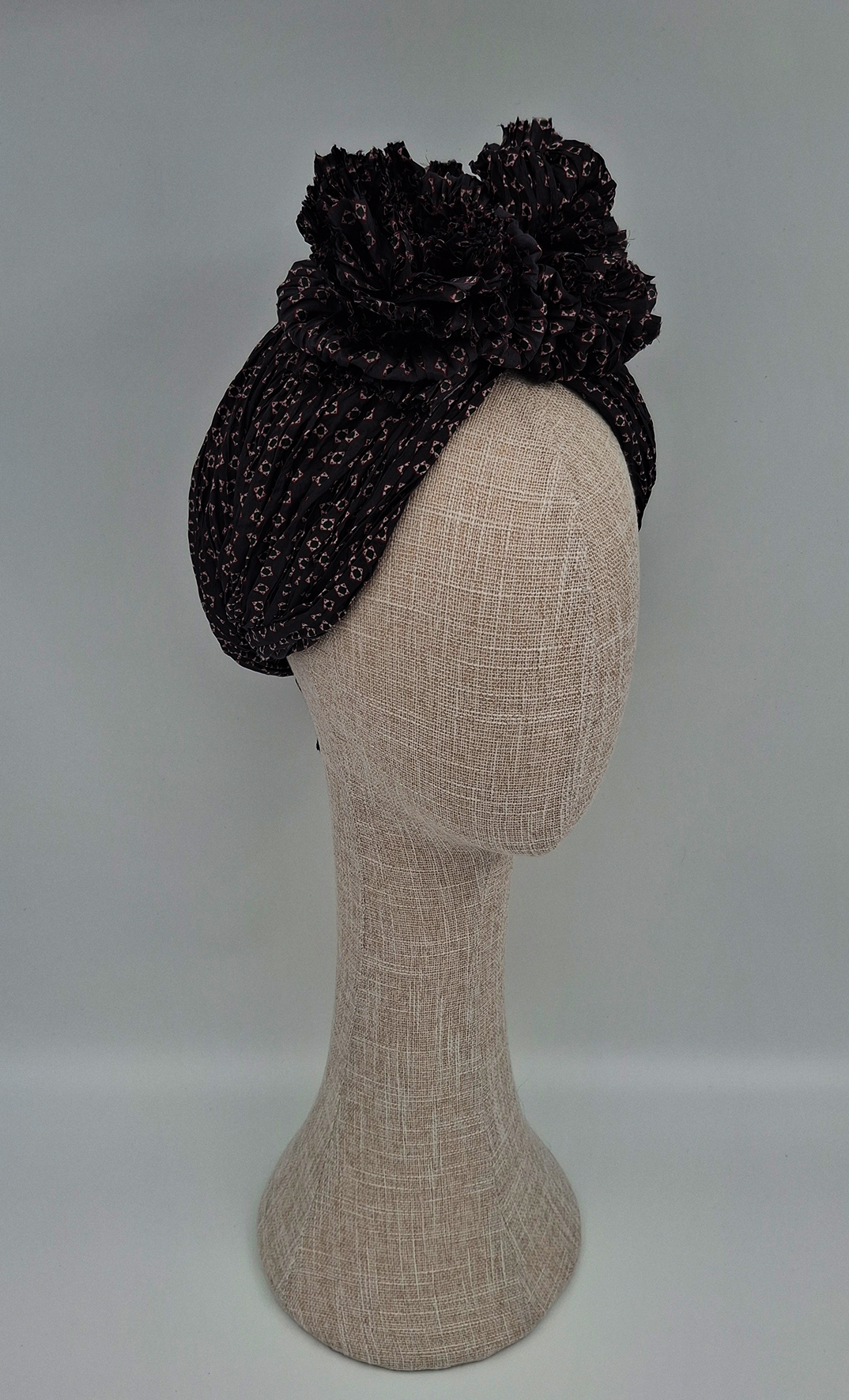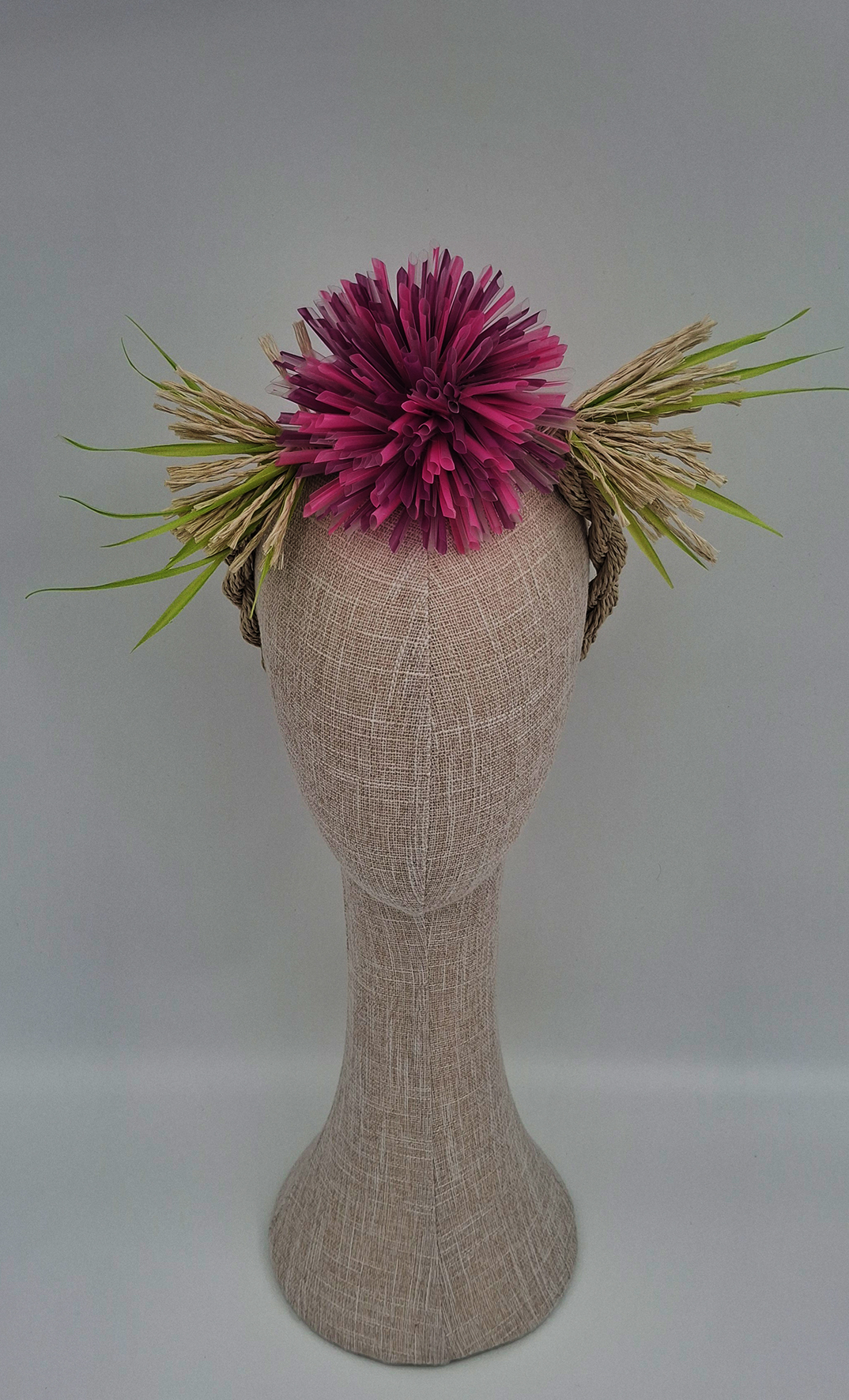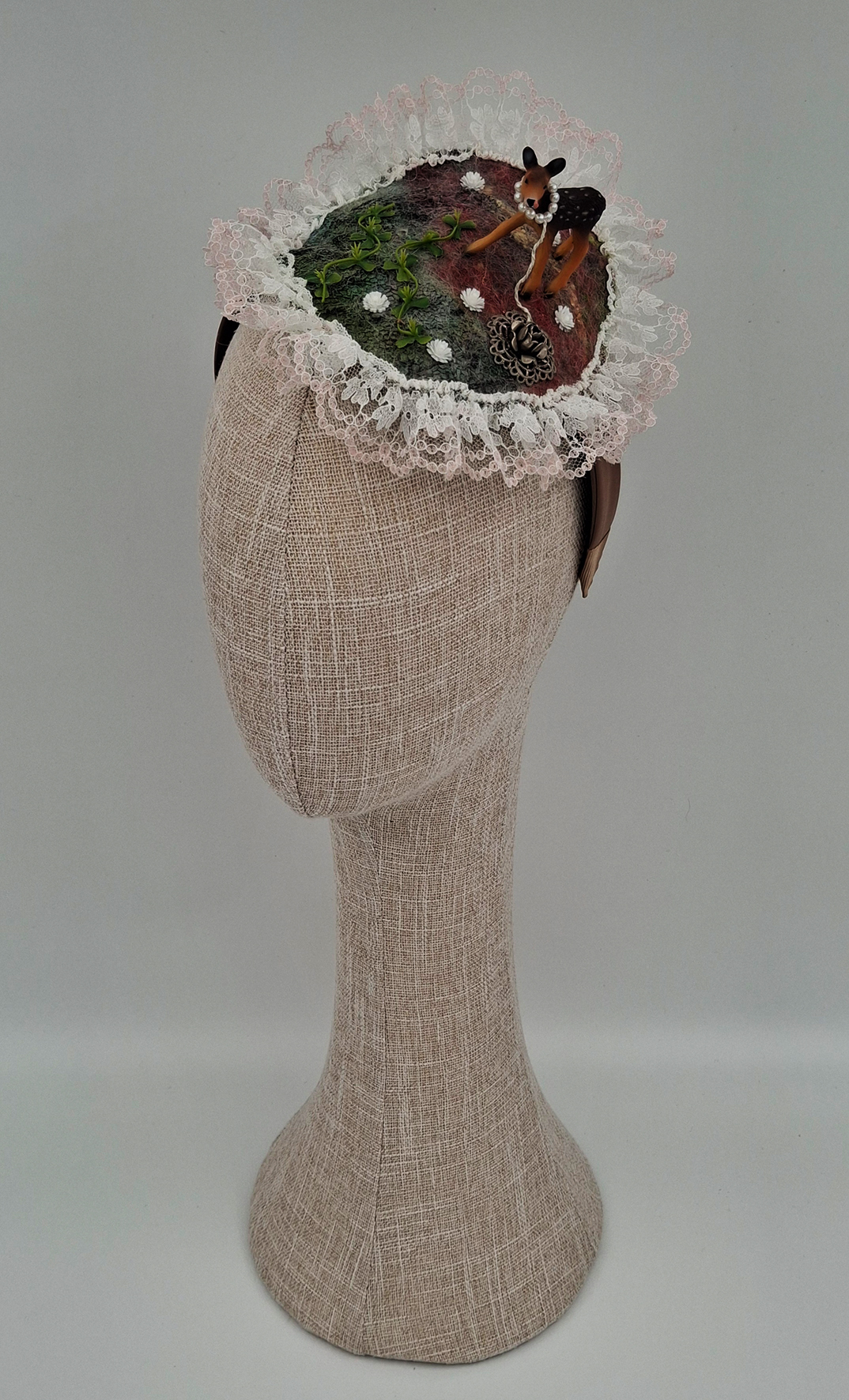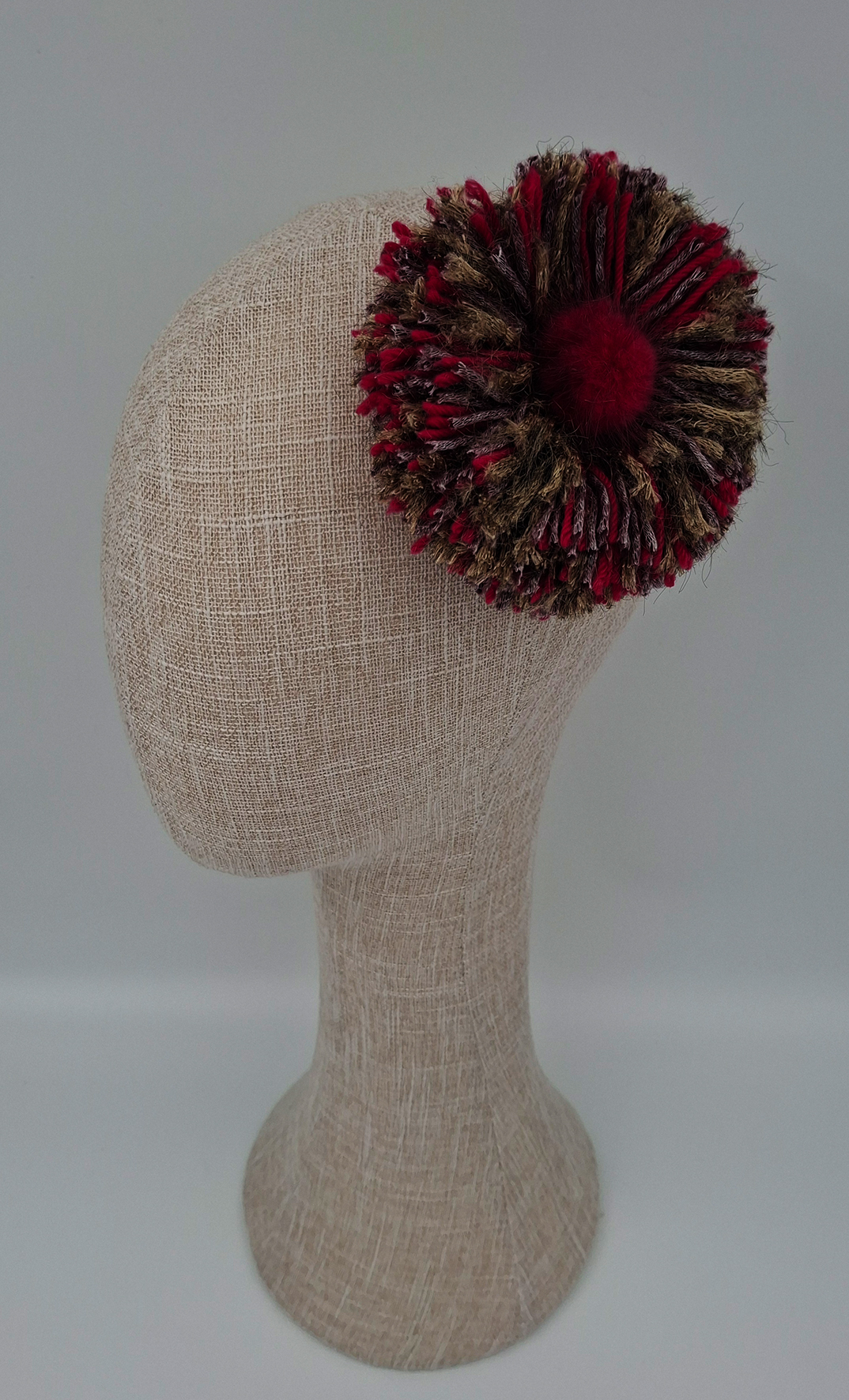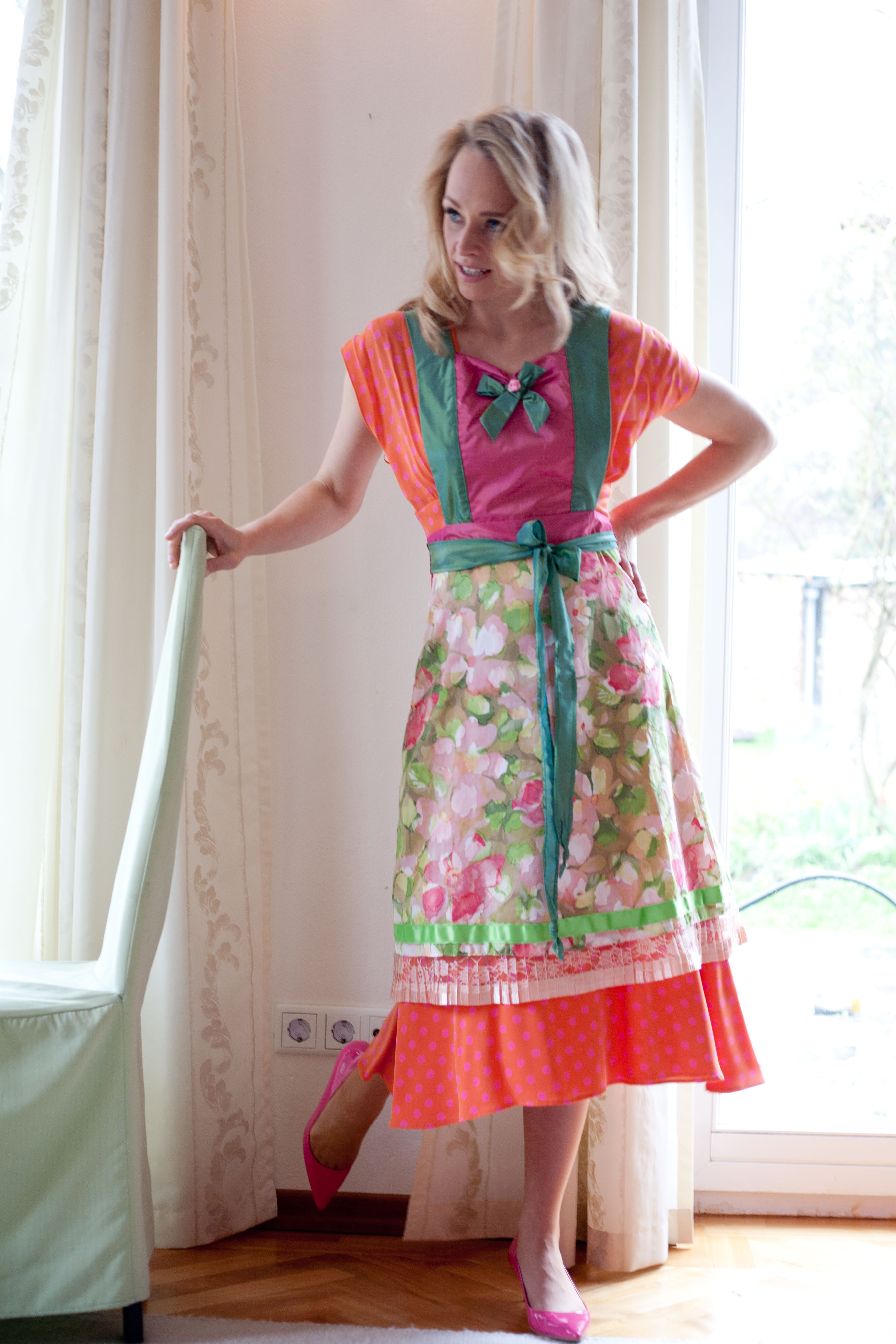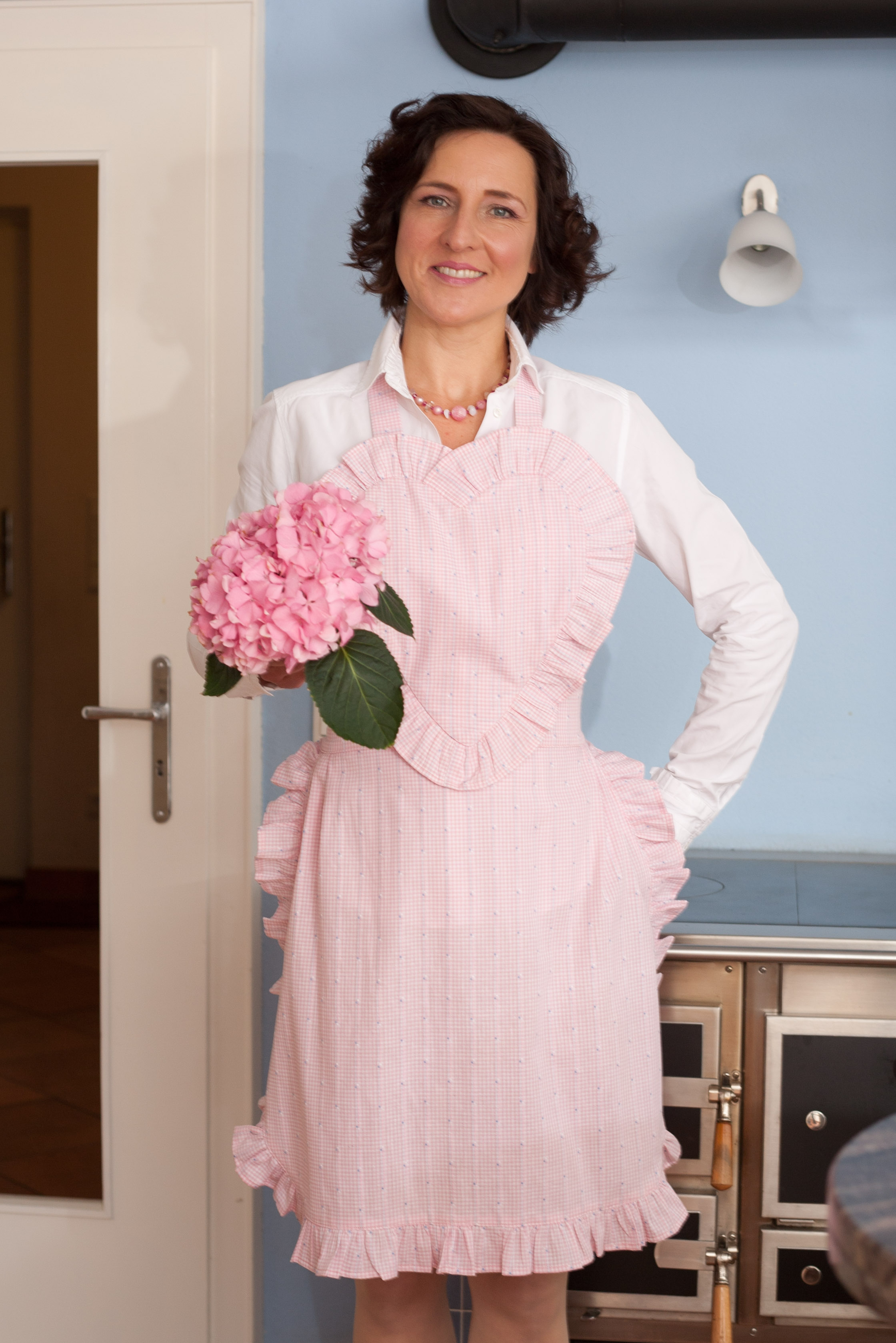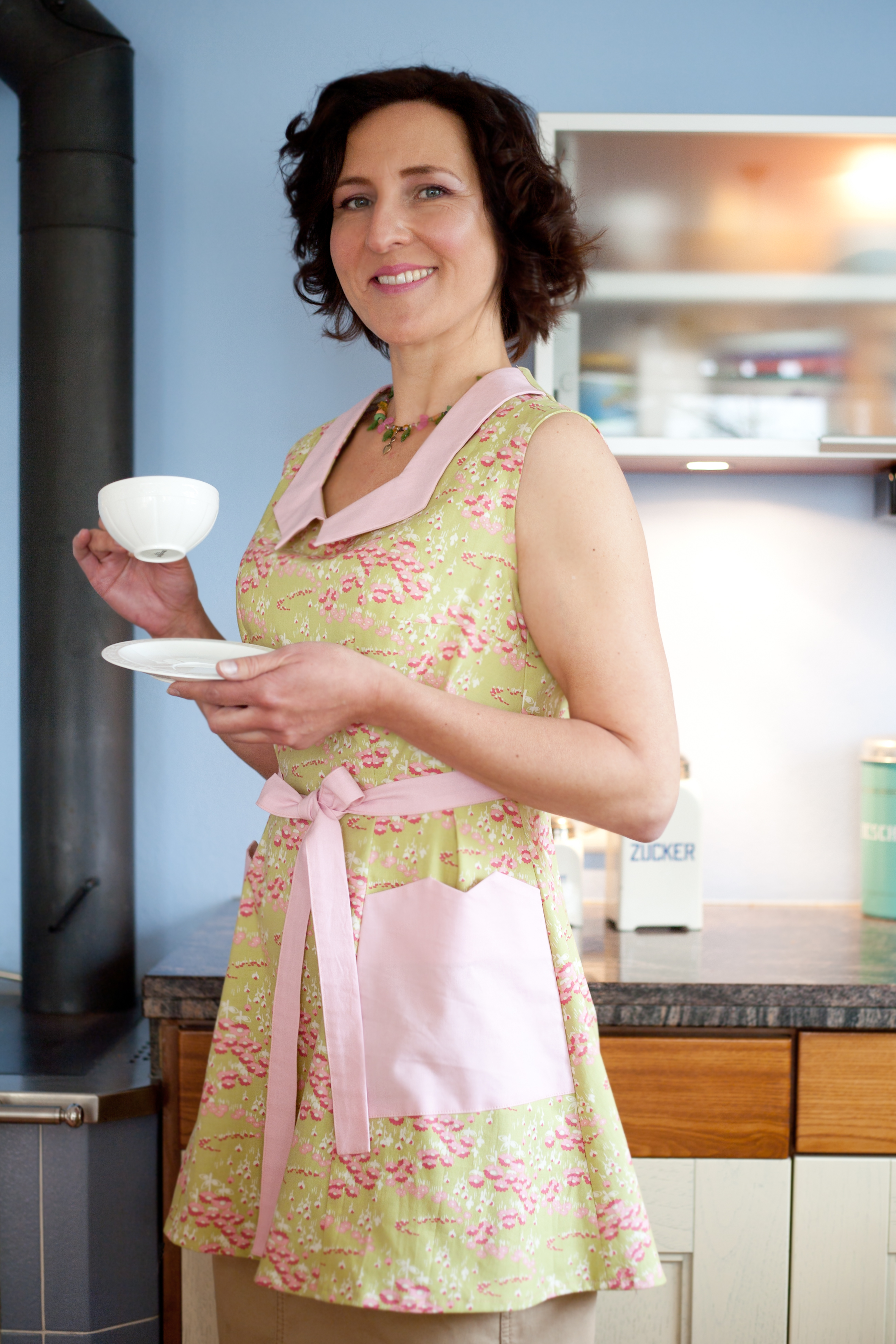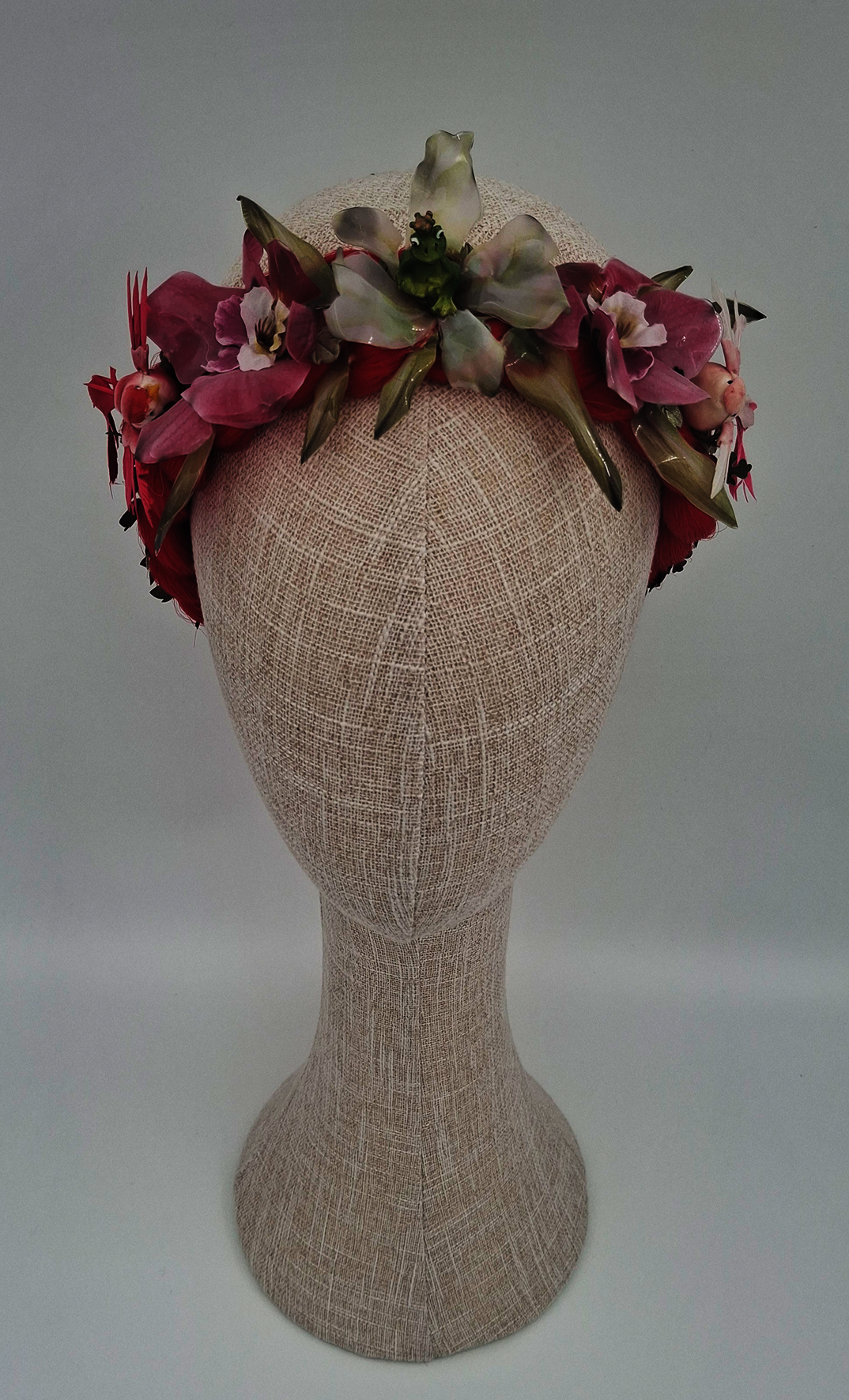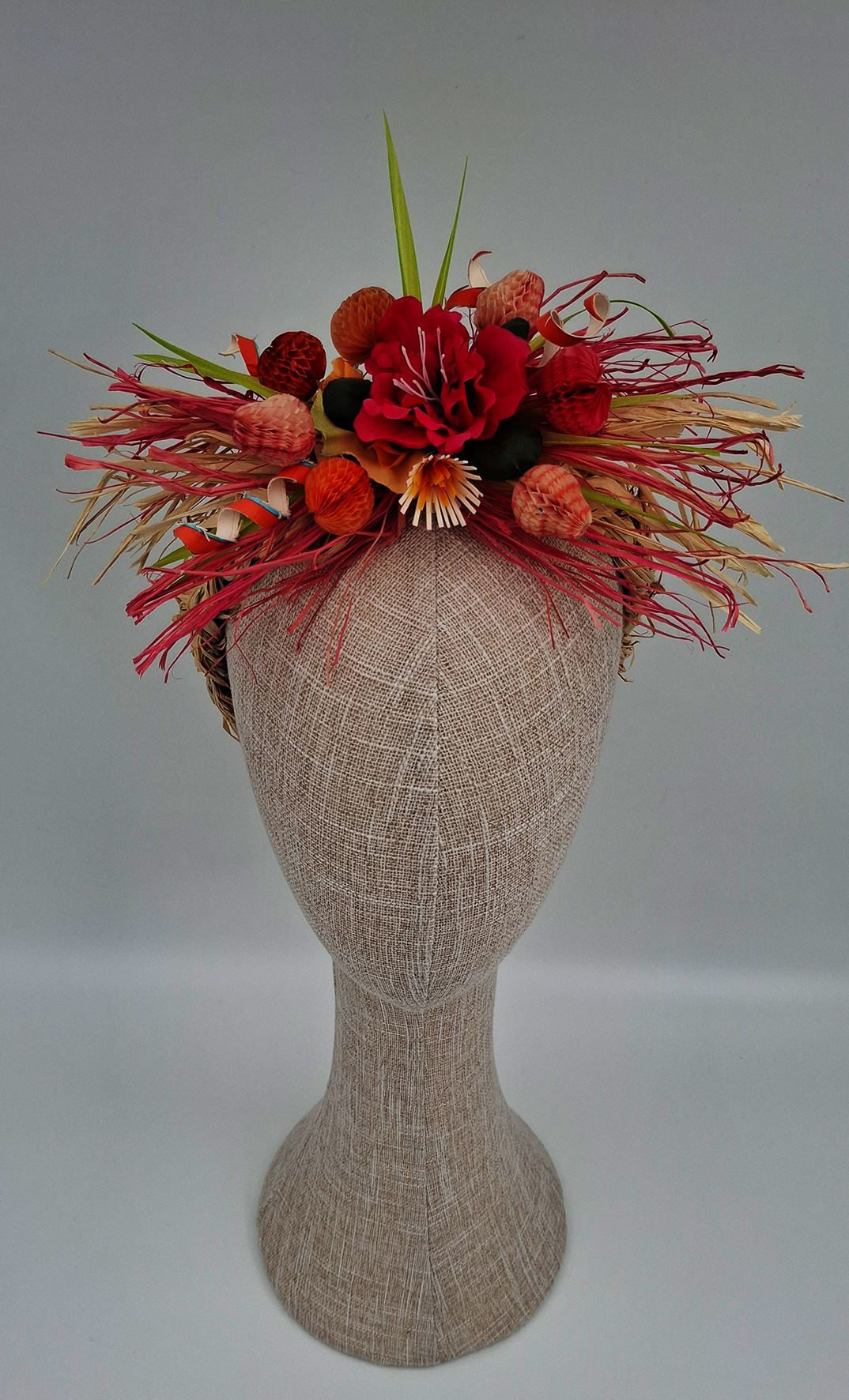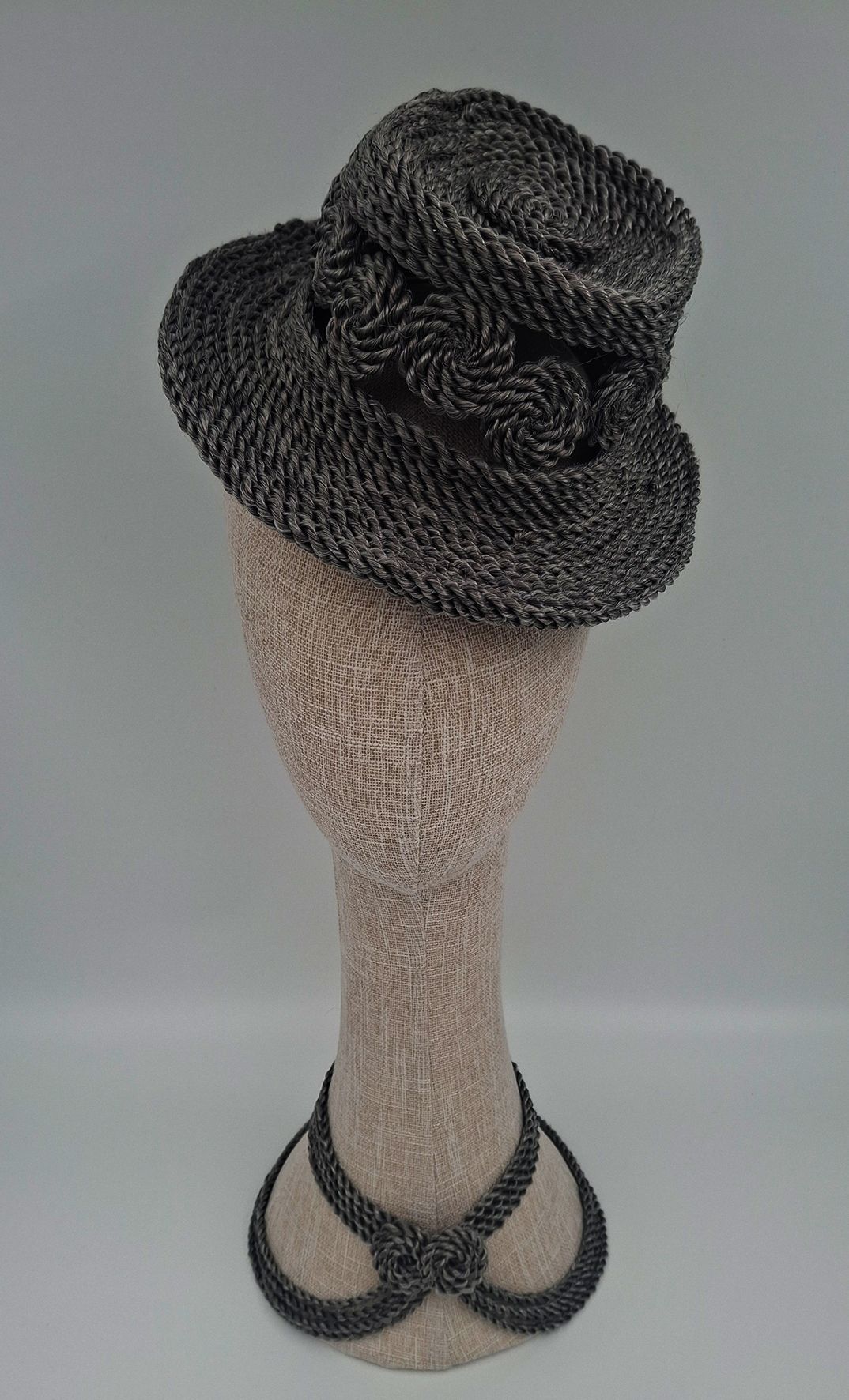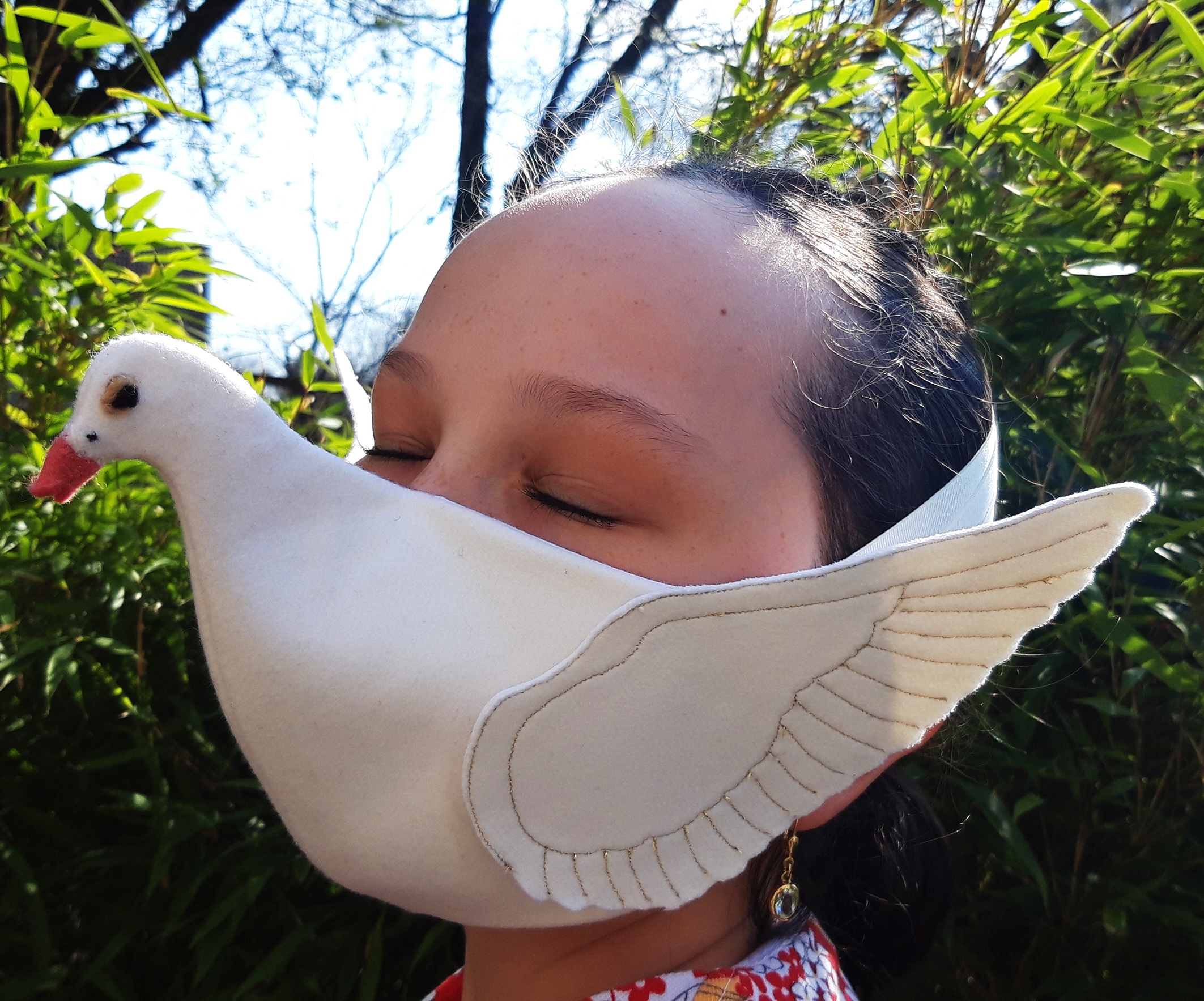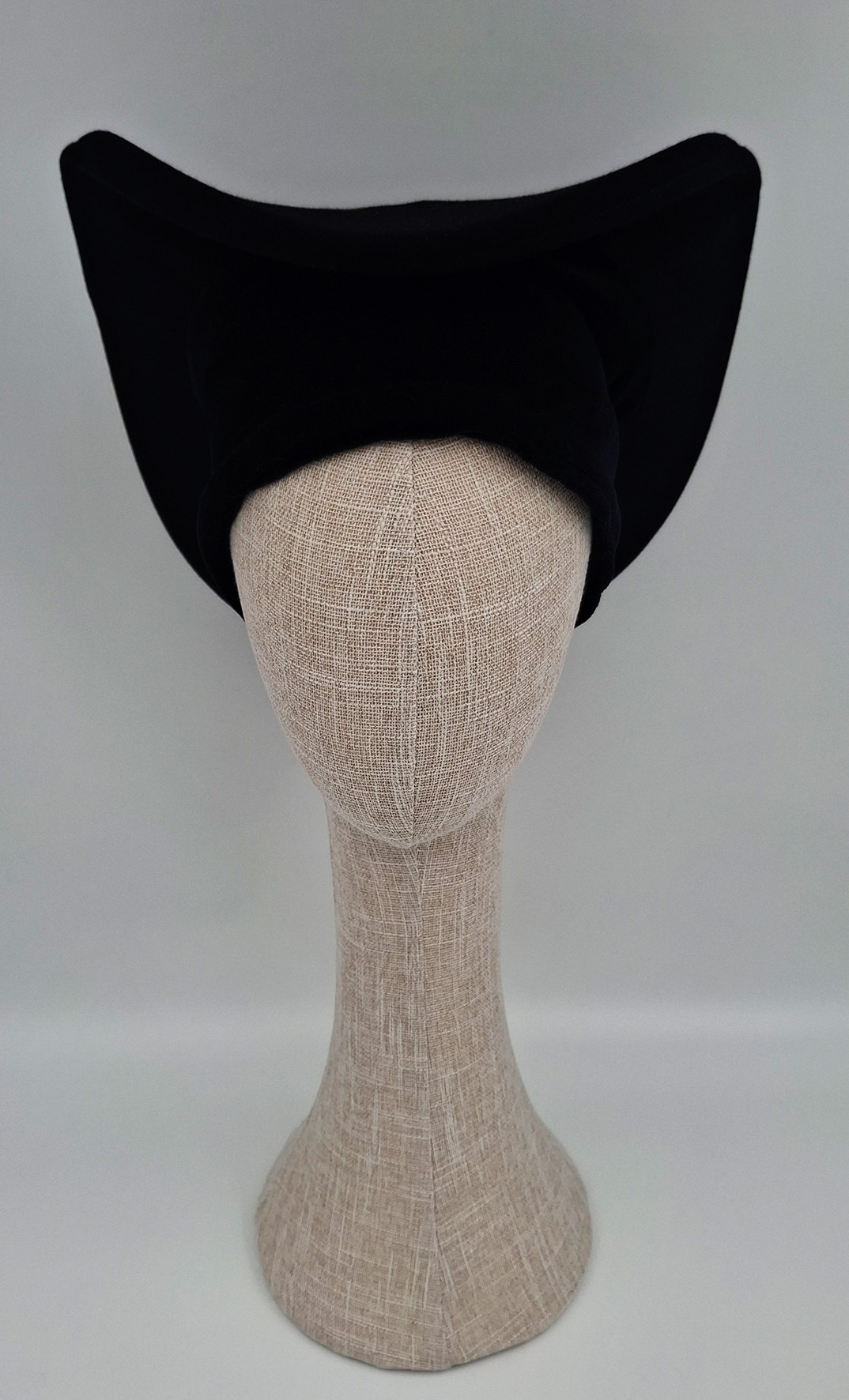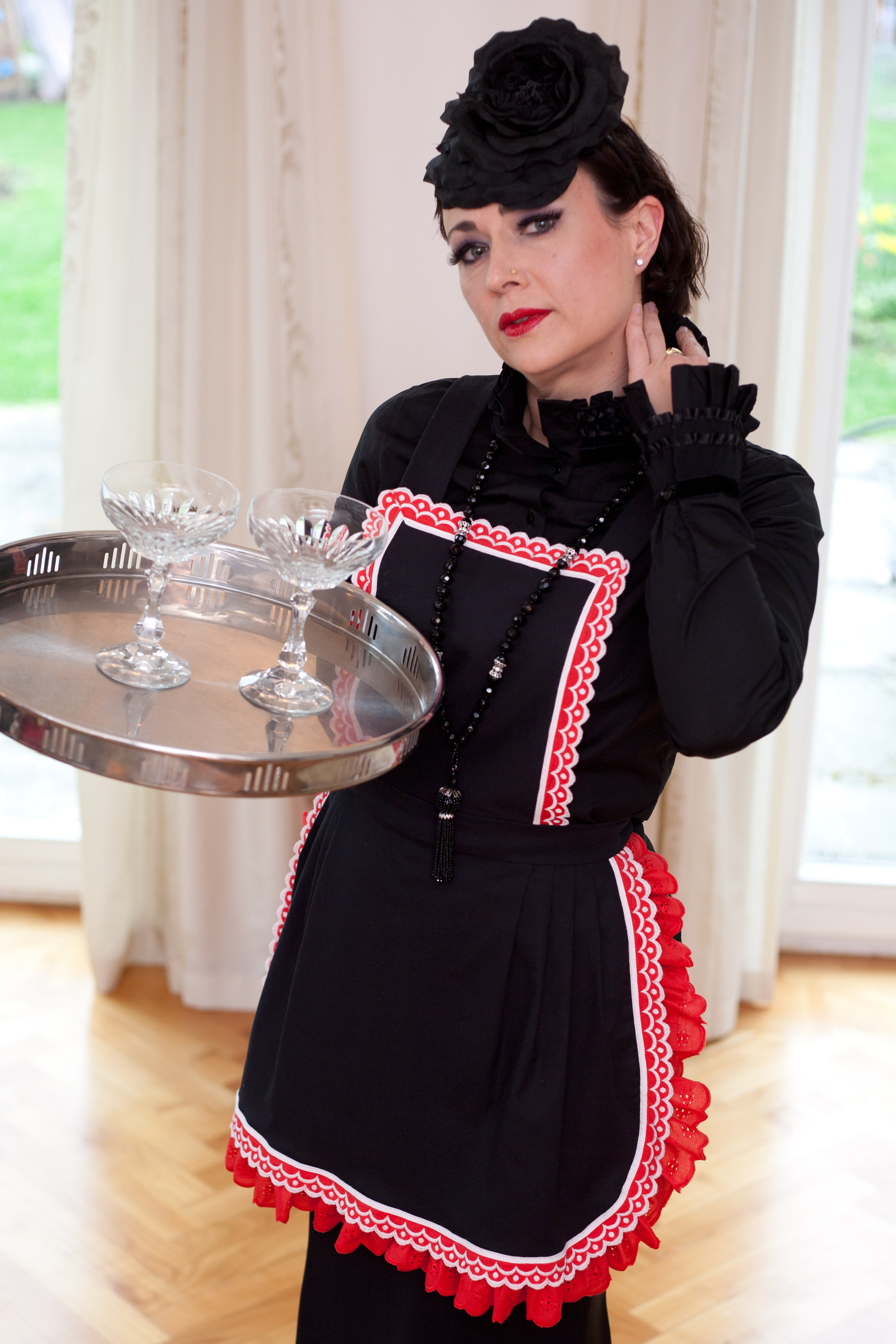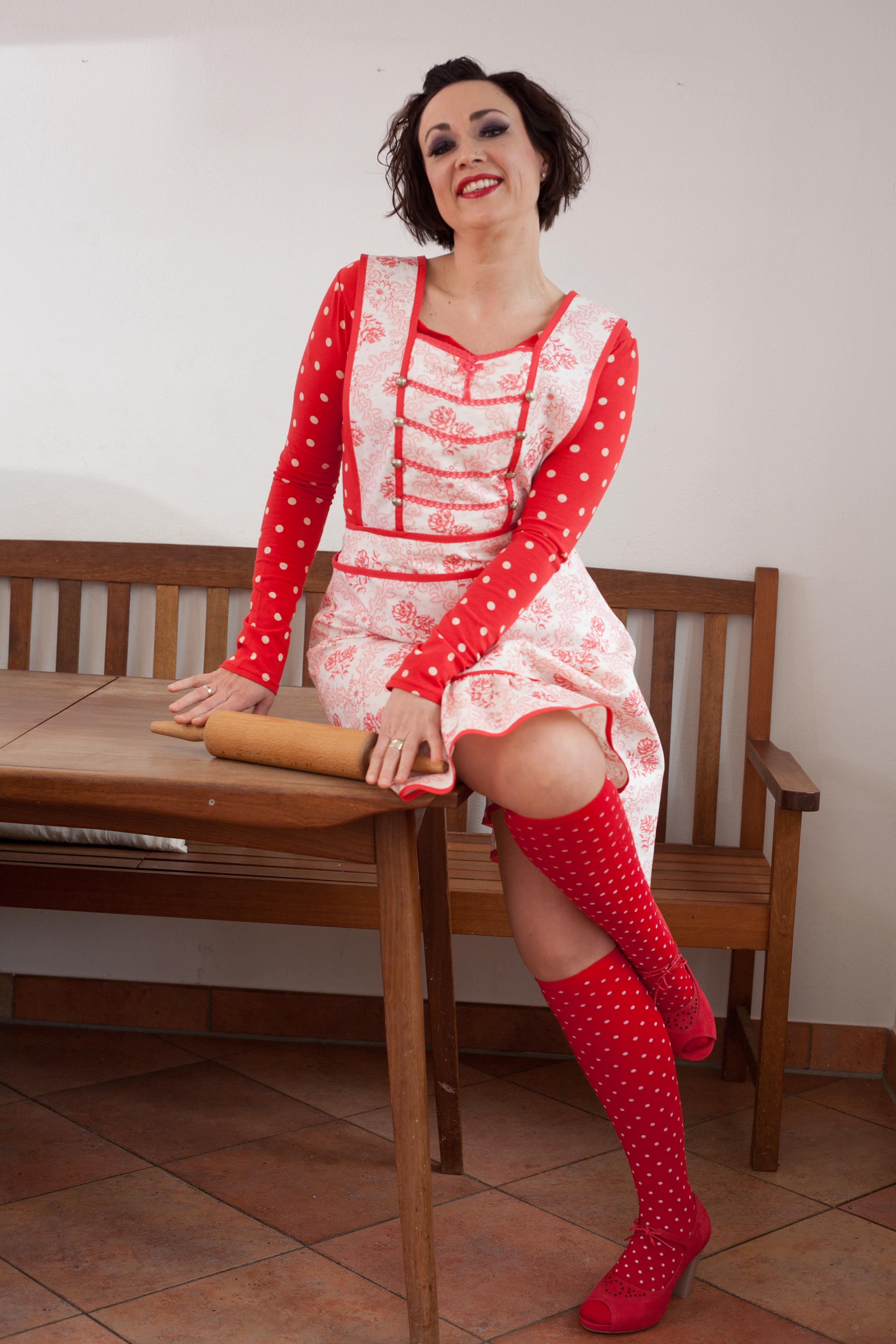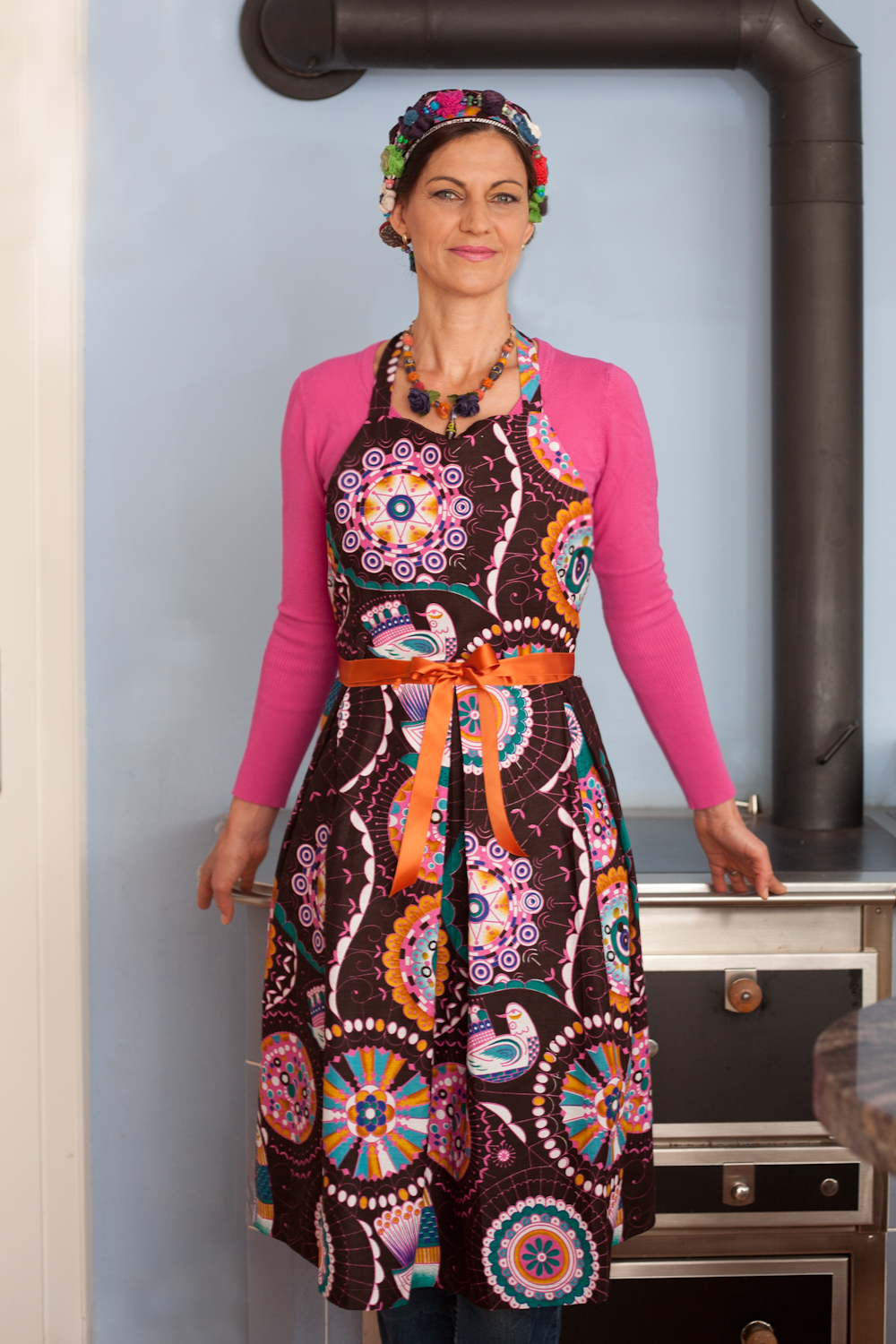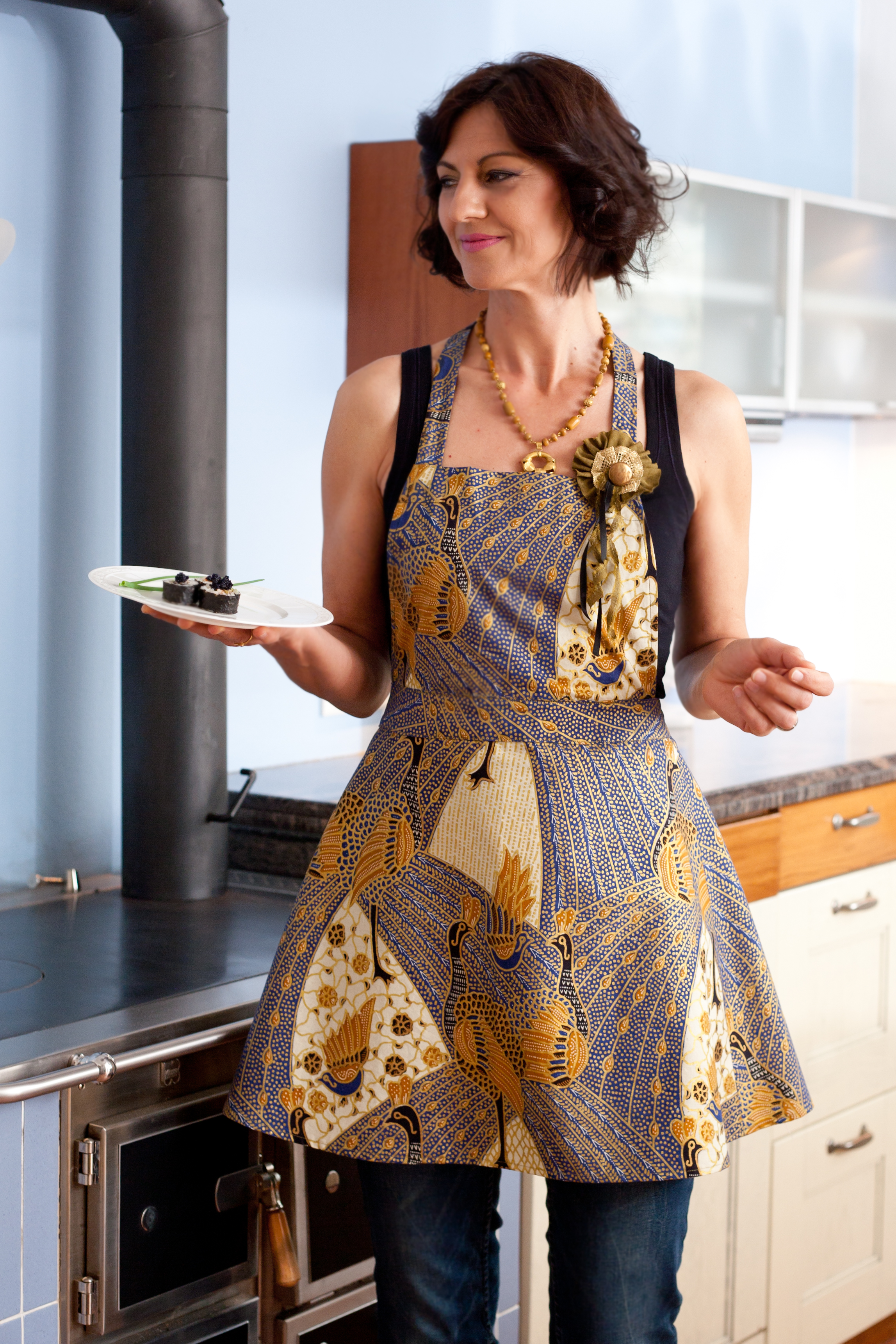Apron Affairs
Materials: various cotton fabrics, silk, lace, trimmings, buttons
The apron – here a symbol of hearth and home – becomes a projection surface for social role models and an aesthetic assertion.
The spectrum of forms ranges from tie-on aprons to apron dresses and housecoats – long associated with the notion of the diligent housewife.
Few garments are as ambivalent as the apron. It conceals and accentuates at once – a sign of labor, care, and socially coded expectations.
For centuries, it has been worn in a wide range of contexts – by women and men alike, as a practical garment or for purposes of representation. Always linked to questions of gender, role, and social meaning.
In certain traditional costumes – such as the dirndl – it remains present to this day: between adornment, ritual, and conventional role models. In pop culture – from kitchen fetish to pin-up – this charge was later exaggerated.
The women depicted are from the artist’s personal circle – working mothers, present, self-assured, playful. They do not appear as quotes from the past, but as reflections of multifaceted femininity.
The apron becomes a figure of ambivalence – between daily life and symbolic charge, pleasure in the role and critical distance. Beauty, function, and contradiction are interwoven.
2011-2023

